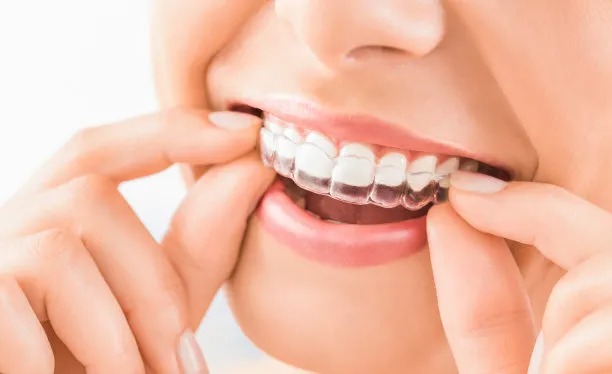The Essential Guide to Understanding the Tooth Extraction Process and Its Importance for Your Dental Health
Summary: Understanding the tooth extraction process is vital for maintaining your dental health. This essential guide discusses its significance, the preparation required before the procedure, the different types of tooth extractions, post-operative care, and potential complications. By comprehensively exploring these facets, this article aims to equip readers with the knowledge needed to make informed decisions about their dental health, easing anxiety related to tooth extractions and highlighting their importance in broader oral care management.
1. The Significance of Tooth Extractions

Tooth extractions are a fundamental aspect of dental care, necessitated by various conditions such as decay, overcrowding, or periodontal disease. Understanding their significance is crucial as they help prevent more severe dental issues from emerging. For instance, a decayed tooth can lead to infection, potentially risking the health of surrounding teeth and gums.
Additionally, tooth extractions often pave the way for more effective restorative procedures, such as dental implants or braces. Removing problematic teeth can create the necessary space for realignment, promoting improved functionality and aesthetics for patients seeking orthodontic treatments.
Moreover, understanding the oral health significance of extractions can encourage patients to prioritize their regular dental check-ups. Early intervention can often result in less invasive solutions, thus valuing the role that tooth extractions play in maintaining overall dental health.
2. Preparing for a Tooth Extraction
Preparation is a critical phase of the tooth extraction process, ensuring that the procedure goes as smoothly as possible. Before the extraction, the dentist will conduct a thorough examination, including X-rays, to assess the tooths condition and determine the best extraction method. Discussing medical histories and current medications with the dentist is essential for ensuring adequate safety measures are taken.
Patients are often advised to avoid certain foods and drinks prior to the procedure to minimize risks. If sedation will be used, it may also be necessary to refrain from eating for a certain period, typically several hours before the appointment. Preparing mentally for the procedure can also help alleviate anxiety, making it crucial to understand what one can expect.
During the consultation, it’s beneficial for patients to ask questions regarding the procedure, recovery, and any potential pain management. Knowing what to expect can empower patients, making them feel more comfortable about the upcoming extraction.
3. The Tooth Extraction Procedure Explained
The tooth extraction procedure itself involves several key steps, beginning with anesthesia. Dentists will typically administer local anesthesia to numb the area around the tooth, ensuring the patient does not feel pain during the extraction. In some cases, especially with very anxious patients or in complex extractions, general anesthesia may be used.
Once numbness is achieved, the dentist will employ specific instruments to loosen the tooth from its socket. The tooth may be pulled out whole or in pieces, depending on its condition and location. Patients might feel some pressure but should not experience pain during this stage.
After the tooth is removed, the dentist will instruct patients about immediate post-operative care. This usually includes controlling bleeding with gauze and resting to facilitate healing. Understanding each step of the extraction process can help demystify it, making the experience less daunting.
4. Post-Extraction Care and Recovery Tips
Effective post-extraction care is vital for a smooth recovery. After the procedure, it is common for patients to experience swelling and discomfort, which can be managed with prescribed pain relievers and ice applications. Following the dentists guidelines regarding rest and dietary restrictions is essential for optimal healing.
Patients should also be vigilant about their oral hygiene post-extraction. While it’s crucial to keep the mouth clean, care should be taken to avoid the extraction site during brushing and rinsing. Using a saltwater rinse is often recommended to reduce bacteria and promote healing without disturbing the blood clot.
Monitoring for any unusual complications, such as excessive bleeding or signs of infection, is important. If such symptoms arise, patients should not hesitate to consult their dentist. Following these post-operative care tips can significantly improve recovery outcomes and reduce discomfort.
Summary:
In summary, understanding the tooth extraction process and its integral role in maintaining dental health is essential for every patient. By familiarizing themselves with the significance of extractions, preparation strategies, the procedure itself, and post-operative care, individuals can approach dental care with confidence and awareness.
By investing time in understanding these aspects, patients can prioritize their oral health and take proactive steps in managing their dental care effectively. This essential guide aims to prepare individuals for a positive extraction experience.
This article is compiled by Vickong Dental and the content is for reference only


